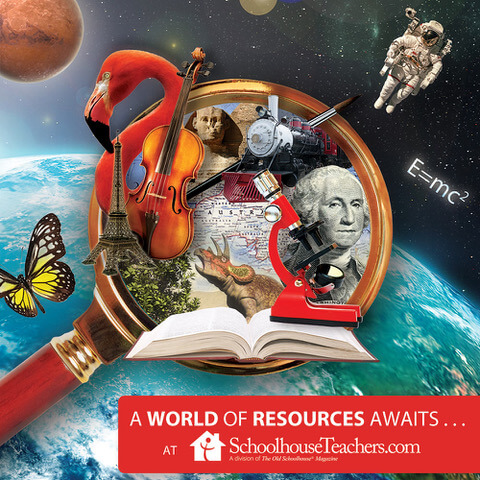Color Science: Teaching Color Theory In Your Homeschool
Color Science
by Megan Mora Fuentes
If you have a child who is interested in the fields of art or design, a solid understanding of color theory is a must. Even if you and your kids are only interested in the basics, color theory is a fun topic to explore. A basic grasp of color theory can change how you view art and composition, increase vocabulary, and help develop both analytic and communication skills. Check out this Homeschool Living for some creative ways to teach the color wheel, introduce color theory, and experiment with color science.
Color Science Nuance
Using activities in your everyday life to frame a learning opportunity is one of the greatest benefits of homeschooling. Think about the last time you painted a room in your house, watched your kids color in their free time, or helped someone pick out a special outfit. Every one of those situations is a great chance to introduce and reinforce the concepts of color theory. Check out this creative way to teach the color wheel, encouraging students to use items they find all around them.
Older students will be able to delve a little deeper with this introduction to color theory from Mensa for Kids. With this lesson plan, you can help students learn and identify color terms, evaluate the use of color in fine art, conduct their own independent research, and analyze research data.
Every year since 1999, Pantone, a company best known for developing a color-matching system to standardize colors in design and marketing across the globe, has announced a “Color of the Year.” While they’re not the only company to analyze and predict color trends, they were the first to release an annual “color of the year,” with announcements accompanied by press releases detailing the inspiration for the chosen color and how it reflects the global culture. It’s interesting to see how colors can be interpreted and how they can influence emotions and set a tone in communication. You can check out all of the past “colors of the year” here, and get creative incorporating them into your study of color theory. Talk with students about how the different colors make them feel, what colors they would have chosen and why, or even get out a paint set (watercolors are easy to blend and quick-drying!) and challenge them to recreate the colors or blend and name their own color creations.
Color Me Science
This fizzy color mixing experiment is perfect for younger kids, but older kids can help with the setup and will enjoy participating in the experiment too! All you need are a few kitchen staples and small cups, bowls, or a plastic egg carton.
For more colorful science experiments, check out this Homeschool Living—“5 Rainbow Science Experiments For Your Homeschool”–and dive even deeper into your color science studies.
Enjoy this article?
Browse our HEAV blog archive for more interesting reads and related homeschool lifestyles here.









